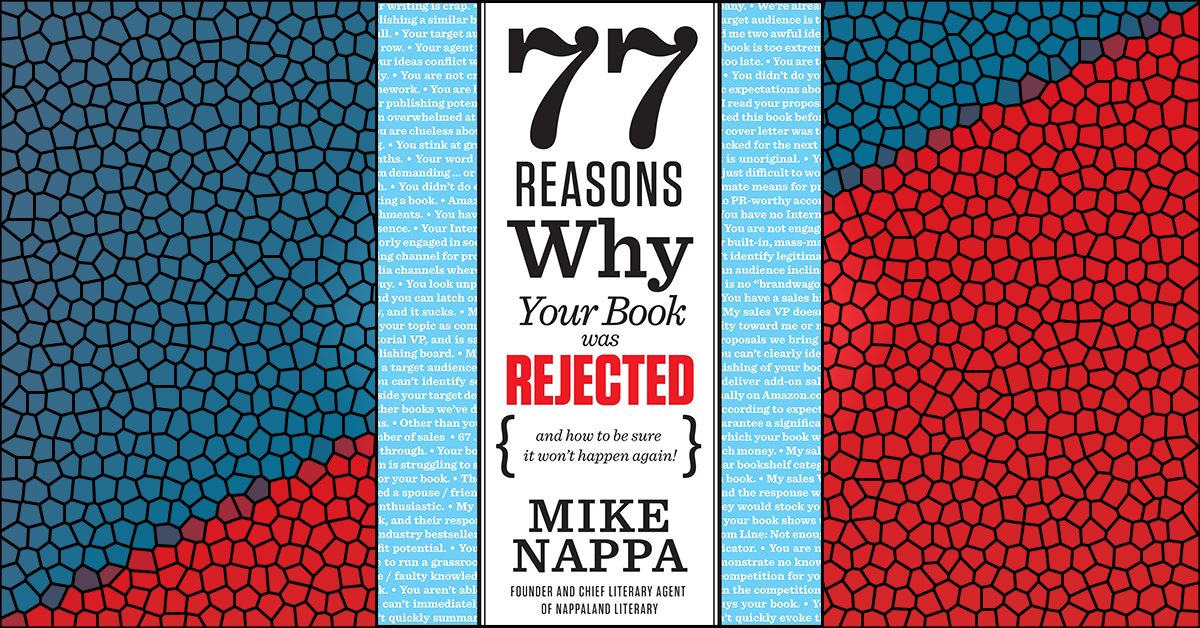A Sales Team reason for rejection
People who write books are word folks—that’s what empowers us to capture ideas and express them well on the printed page.
People who publish books are numbers folks—that’s what empowers us all to actually make money from writing.
If you’re a word persona and all you want to be is a writer, then go ahead! Nothing is stopping you from writing, nothing at all. But if you want to be a published writer—if you insist on adding a price tag to your words—then you’d better learn how to think, and talk, like a numbers person.
I told you this at the start of this book, and I think now is the appropriate time to tell it to you again. First, foremost, and always, there is actually only one overarching reason why any book is published—or rejected:
Profit.
That’s it, really.
You must understand that, regardless of how much your editor loves your writing, or how enthusiastic the marketing team feels about your book, or even if your book can literally cure the common cold, the bottom line for decision-making in our corporate publishing industry will always be potential for profit from your book.
Every book that goes through a publisher’s approval process is primped and prodded and primed with the goal of making it pass the final feasibility report (also called “P&L—profit and loss” “Pro Forma” and “Projected Book Budget”). Every possible expense we can think of has been tossed into that P&L statement, along with any possible way we can see to bring income from your writing. Down at the bottom of that Microsoft Excel report, typically in bold letters that are either red or black, there’s a single number that predicts what our ROI (return on investment) will be on your book. If that number shows 50% or higher net return in the first year, chances are very good your book will be published. Anything under 50%, and your prospects dwindle.
So, if you want to publish, find out how you can manipulate that bottom line percentage on my company’s P&L until it makes my numbers people (specifically, my Sales VP) smile.
That’s the only guaranteed way to avoid getting a rejection letter for your next book.
What You Can Do About It
1. After you’ve written words, think in numbers.
This takes a forced change in perspective because, if you are any good as a writer, up to this point you’ve been 100% focused on creating a work of art with words. That’s good. Essential really, if only because true art is inherently rare and thus infinitely valuable.
But after you’ve created the art, after you’ve bled your heart and soul into your manuscript, after you taken the intangible idea and translated it into actual, physical words, it’s time to stop thinking like an artist. It’s now time to start thinking like an accountant. To view your spiritual masterpiece as merely another commodity to be bought and sold like pork futures or that shovel on sale at your local Ace Hardware store.
What makes your manuscript something that people will buy? And how many will buy it? And how much can your publisher realistically charge for it? And how much will it cost to make it? And how will that paper-and-ink commodity add up on the accounting ledger?
Answer those questions well, and you’ll make a kindred spirit out of my Sales VP—and you’ll earn her vote when it’s time to make a decision on your book.
2. Find a way to guarantee a certain amount of sales for your book.
Hey, if money is what really matters in publishing, then being able to guarantee sales that make money gets everybody interested. Of course, that’s much easier said than done.
People who are best-positioned to do this are those with a built-in demand for what they create. For instance, leaders of an association that will commit ahead of time to buy 1,000 copies or more out of the first print run on their book. Professors at a university that will require their books as textbooks. A public speaking career that enables you to buy and sell a significant number of your own books each year. A writer’s own online store that demonstrates significant sales already. A business leader of a national retail chain that can promise all her stores will carry her book. You get the idea.
3. Remove your “fuzzy focus” lenses.
In the end, you must remove the warm, fuzzy feelings you get from writing and instead be determined to face the facts. Coldly determine what factors influence your publisher’s profit potential. Position your book’s content and market features to highlight profit potential. Propagandize your book’s proposal to hammer home that profit potential for the publisher.
If you can do that, you can make pretty much all 77 of the reasons in this book go away for good.
Looking for more? Check out these links:











